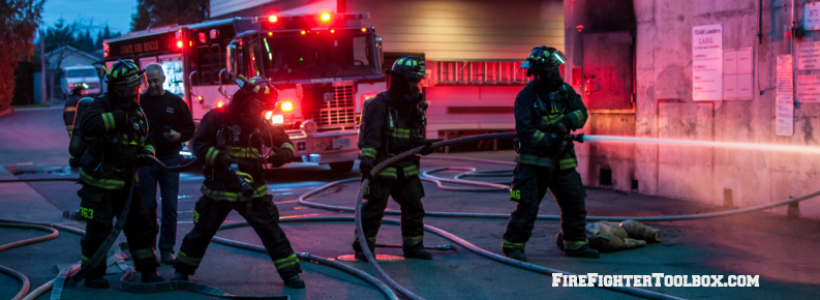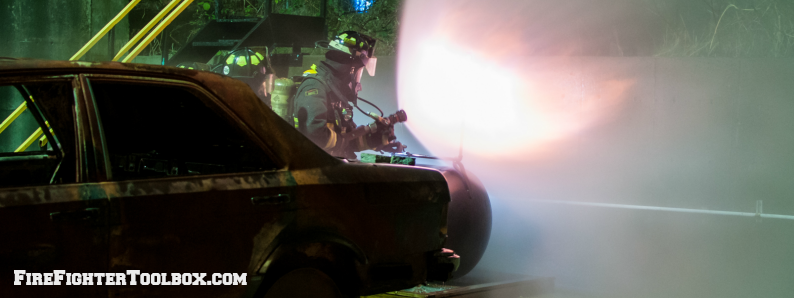7 Rules for Exemplary Leadership – Part 3
“Leadership is the capacity to influence others by unleashing their power and potential to impact the greater good.”-Ken Blanchard
Here are Rules 5-7 of the 7 Rules for Exemplary Leadership
Rule 5 – Goals that Stretch
“The greater danger for most of us lies not in setting our aim too high and falling short; but is setting our aim too low, and achieving our mark.”-Michelangelo
If you have ever participated in a “make work” project, you can relate to being disappointed, disheartened and frustrated. Why?
Because most make work projects are simply implemented to keep people busy. They seldom have a real purpose or ability to quantify what the project was really all about.
Goals need to stretch firefighters and push them outside of their comfort zone. Without these types of goals, no growth can occur and complacency settles in.
If there is no real purpose for conducting a Company drill, then why do it?
If the Company drill has a real purpose…a definitive goal that stretches firefighters to exercise new strategies and perform new tactics-then watch things happen as the team grows to new levels of competence.
Think of a rubber band. It is only useful when it is stretched beyond its original shape.
The same goes for using goals that stretch.
Set firefighters up for success by using goals that stretch beyond their normal state.
Stretching firefighters with goals GROWS firefighters .
Rule 6 – Be Patient
All good things take time. Remember the term, “Rome wasn’t built in a day?”
The same can be said about building leadership capacity in the firehouse. It’s not going to happen overnight and it’s going to take time. Why?
Because growth requires change, people struggle with change and building leaders takes time…a lot of time.
Exemplary leaders are patient. They know that building leadership capacity requires three key components.
1 – Experience, Education and Training
Exemplary leaders grow from experience, education and training. All three are critical components in building leadership capacity.
2 – Coaching and Mentoring
A coach is there to help improve performance through regular feedback and guidance on performed skills, while the mentor is there to build a relationship and to help the mentee grow and think differently about work, life, self-awareness and even self-confidence issues.
3 – Time to grow
Success that is achieved quickly or overnight generally does not last. There’s no real depth to it and quick rising superstars may find themselves struggling when they get to the top.
Success that has been built upon small victories everyday and over time has a solid foundation and can generally withstand the storms of leadership.
Good things take time and when it comes to leadership development, patience really is a virtue.
Rule 7 – Self Belief
Exemplary leaders know who and what they are.They are crystal clear on their values and beliefs and they believe in themselves.
Self belief is founded upon the premise that the individual is confident in their abilities.
Without self belief a leader simply cannot lead. It is with self belief in ones abilities that drives them to make decisions with confidence.
Frustration sets in very fast within the firehouse when an individual in a leadership position is not confident enough to make a decision.
Nobody wants to follow a leader if they can’t make a decision?
The leader that has self belief is calm (because they are confident in their abilities) which inevitably creates an environment of calmness within the team.
There is nothing worse than a leader losing it during a crisis or challenging situation.
There is a saying, “When the going gets tough, the tough get going.”
The exemplary leader goes by the mantra, “When the going gets tough, I will rely upon my abilities to see the team through the challenge.”
Having a high level of self belief is a necessary component for a leader, and the exemplary leader is well aware of the fine line between confidence and cockiness.
Great things happen when a leader is confident, while disharmony and decreased morale follow the cocky leader.
Being an exemplary leader is not an easy task and firefighters today deserve to have their leaders skip by “good” leadership and step into EXEMPLARY leadership.



